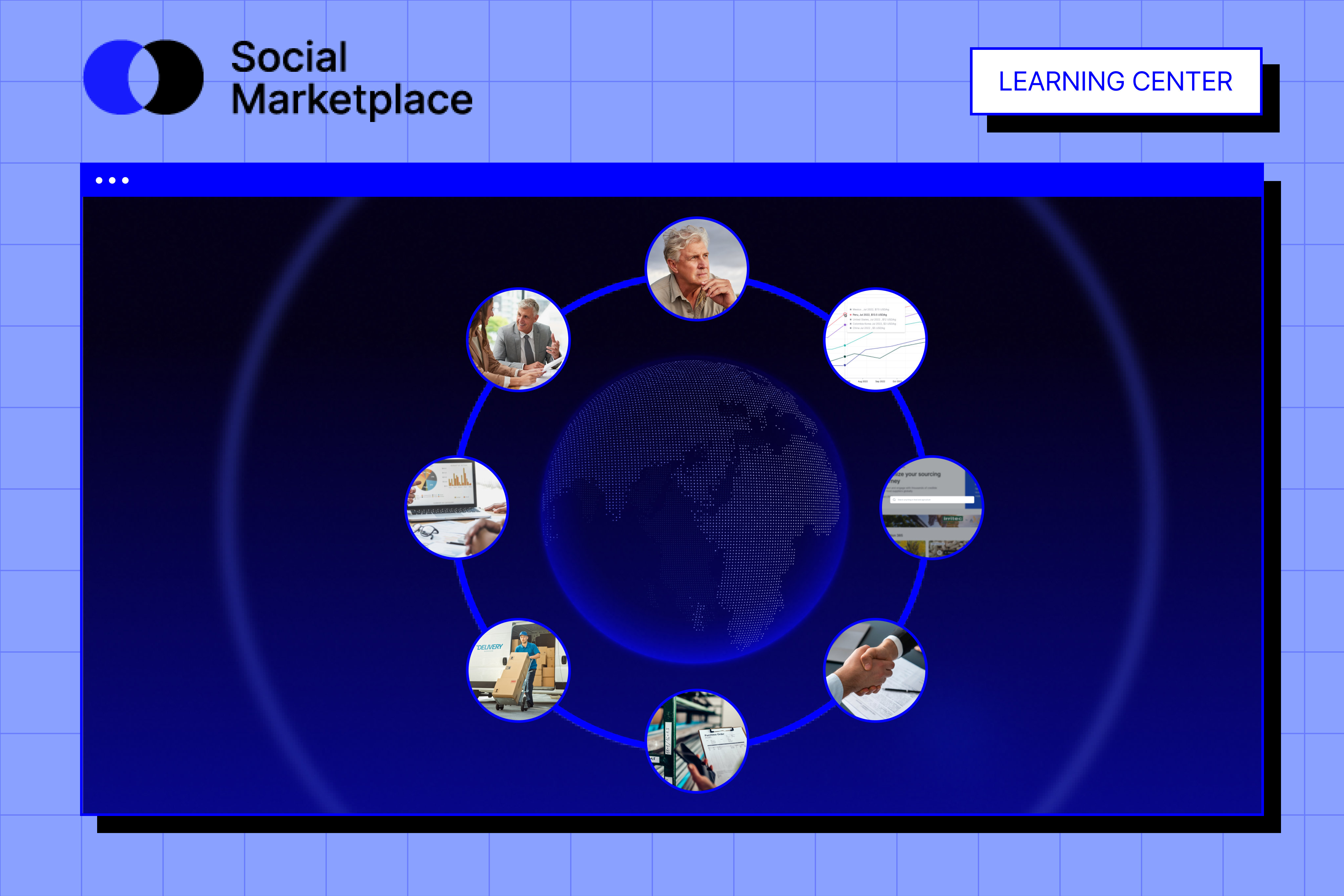What is the procurement cycle and why does it matter?

The procurement cycle, also commonly known as the procurement process, is a systematic sequence of actions involved in acquiring goods, services, or resources needed by an organization. The purpose of this cycle is to ensure that businesses are obtaining the right products and services up to the right standard with an established price.
Importance of an effective procurement process
An effective procurement cycle should adhere to transparency, compliance and efficiency throughout the entire process. According to research by The Asian Development Bank, an efficient procurement cycle can result in between 5% and 25% in cost savings.
Following this structure gives businesses the power to improve how they control budgets, assure quality products, make informed decisions, and sync procurement strategies with high-level business goals. Upholding the principles of the procurement cycle supports businesses in enhancing their financial performance and sustaining their success.
Key steps in procurement management
Identify needs
The procurement cycle begins by identifying the need of the product. This step can be prompted both internally and externally. Depending on the purpose of the cycle, an organization might need the products to get their business started. For others, they might need the products to maintain or redirect a current flow of business demand.
Take into consideration the cost, quality, quantity and specification of the goods. What are the expected outcomes and how can they be justified? Thoroughly plan out the details within this stage - it’ll determine the scope and direction of the cycle as you progress forward.
Market analysis in procurement
Researching the market as a whole provides an overview of consumer trends, upcoming opportunities, potential challenges and avoidable risks. This step should validate the needs you identified within the market while guiding to a strategy best suited to your target audience.
Researching and assessing suppliers
Source suppliers and assess their potential based on your set criteria. Consider factors like price, quality, reliability, and past performance. Holistically compare each supplier in depth while keeping the future longevity of your customer relationship in mind.
Negotiating contracts
Once there’s a shortlist of potential suppliers, it’s time to negotiate contracts. The contracts should aim to be fair for both participating parties so they can agree on terms like price, delivery schedules, key performance metrics, risk management and any other obligations of both parties.
After each side agrees on the contract outline, the contract is signed and work is set in motion. It’s critical to know the full implications of the terms because they dictate the execution of responsibilities.
Issuing purchase orders
This step is pretty straightforward, but you still want to double check that the order is input correctly. Specify the exact details of the purchase including the product description, quantity, cost, delivery timeline, and workflow details. Make sure to track the order details like reference numbers, delivery dates and payment agreements as well.
Ensuring timely delivery
After the payment and delivery details are settled between both parties, the supplier is responsible for ensuring the buyer receives the ordered goods. For optimal quality of service, both the buyer and supplier should check the goods once they’ve arrived at their destination so they both know that they meet the specified requirements and quality standards.
Performance evaluation and assessment
At this stage of the cycle, it’s smart to document how the order and delivery process was executed in relation to the set agreement. The buyer should assess the supplier's performance based on factors like quality, delivery time, and overall reliability. The supplier should assess the buyer’s performance based on factors like payment, receiving process, communication and feedback.
Maintain relationships
Depending on the results of the evaluation, each party has the rights within the limits of their contract to continue their partnership, negotiate new terms or terminate it. According to a study by the State of Flux, "building better relationships with suppliers is the best-mitigating action to prevent supply chain disruption for 2023.”
Procurement cycle: A strategic business pathway
The procurement cycle guides businesses through the process of delivering and acquiring goods. Following these steps supports businesses in optimizing their budgets, guaranteeing product quality, making informed decisions, and aligning procurement strategies with overarching business objectives.
In the agri-food industry, remember that effective procurement is not just a transactional process; it's a strategic pathway to building resilient supplier relationships and driving value across the supply chain.